Japan was one of the first countries to join the Artemis lunar exploration program and became a strategic partner of the United States in this project. Despite restrictions on the development of space technology after World War II, it managed to become the fourth space power. For more than half a century, the country has exemplarily adhered to international norms on the exclusively peaceful use of outer space, and in 2020, the Space Operations Group was created as part of the Japanese Self-Defense Forces. In this article, we will find out what the space program of the Land of the Rising Sun is based on.
The fourth space power
After Japan’s defeat in World War II, the Allied forces forbade the country to develop technologies and production that could be used for military purposes. Thus, according to the terms of the Treaty of Mutual Cooperation and Security between the United States and Japan, the latter was prohibited from developing aviation and aerospace technologies.
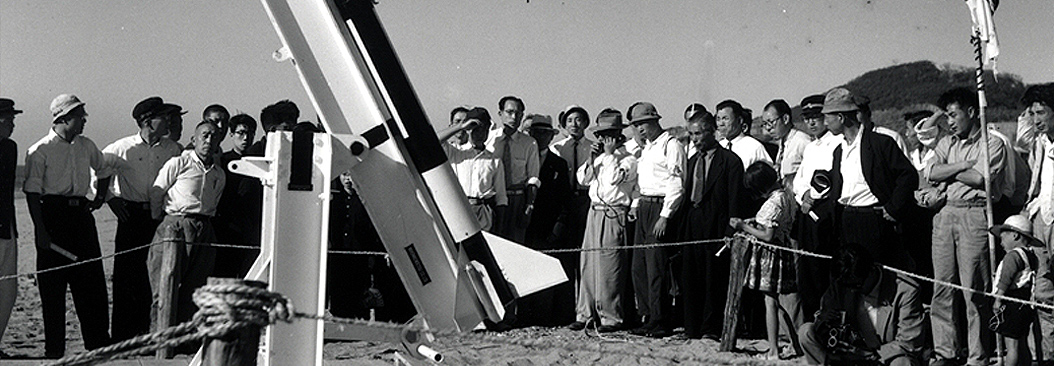
After the first easing of restrictions, a group of enthusiasts led by university professor and engineer Hideo Itokawa began developing a scientific geophysical rocket using solid fuel. Having achieved significant success in suborbital flights, Japan exported its technology to Yugoslavia and Indonesia.
The next natural step was orbital flight. For this purpose, the geophysical rocket was equipped with additional lateral solid-fuel boosters. It had four stages and could launch a cargo weighing up to 12 kg into space. From 1966 to 1969, 4 rocket launches were made. All ended in failure. Finally, the fifth attempt was successful.
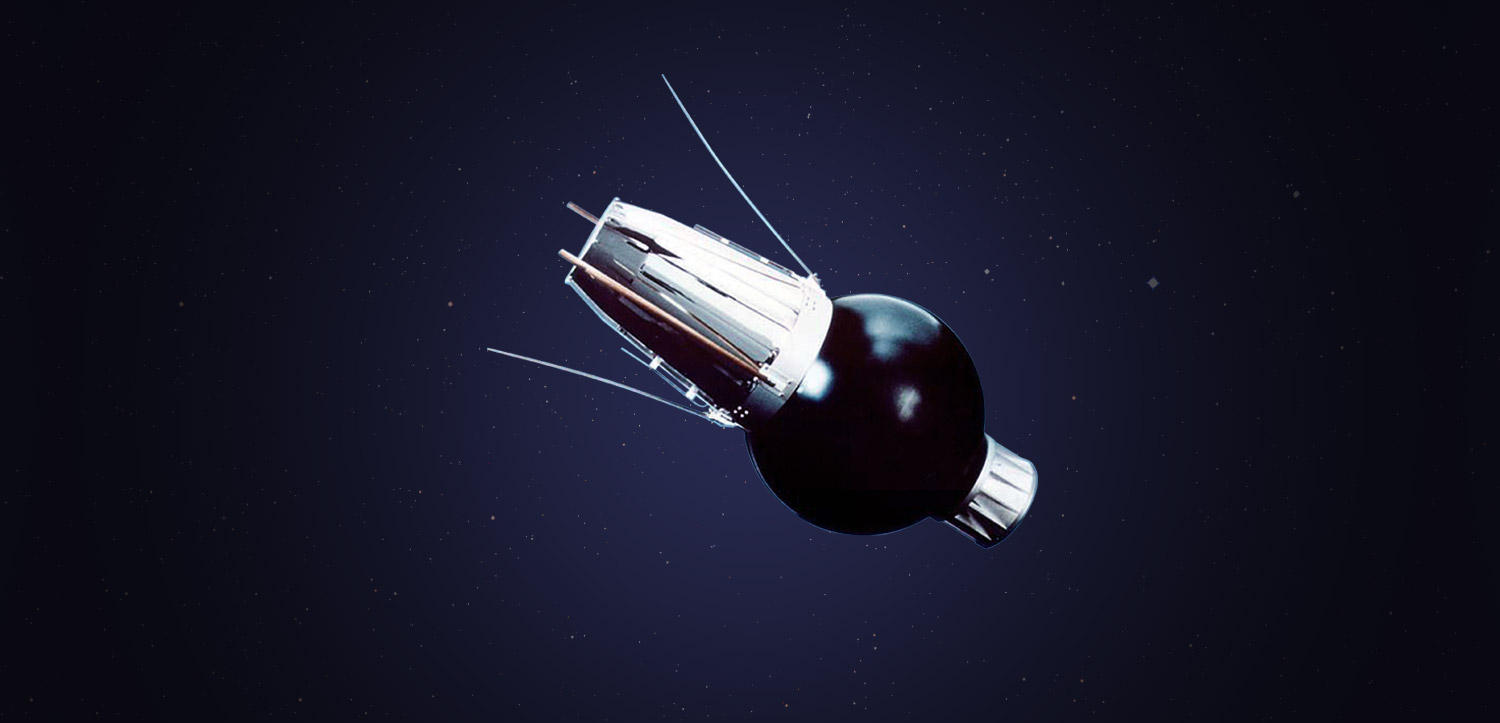
In February 1970, Japan became the fourth country after the USSR, the United States, and France to launch its first national satellite, Oshumi, into space using its own launch vehicle.
Japan continued suborbital flights of the Lambda rocket, but it no longer carried out space launches. It was replaced by another technology…
Under close supervision
In the mid-1960s, the U.S. government tried to persuade its Japanese and European partners to abandon the development of their own launchers for telecommunications satellites, offering instead to use U.S. launch services or purchase U.S. design licenses. The Japanese government initially rejected these proposals, but reconsidered its position after U.S. President Lyndon Johnson promised in 1967 to return control of the island of Okinawa and the Ogasawara archipelago, which had been under the control of the U.S. Army since 1945, to Japan by 1972. In return, the Japanese side agreed to acquire a license to produce the Thor liquid-fueled missile. The agreement was ratified in the fall of 1970. Mitsubishi began production under the American license of the carrier, called the N-I.
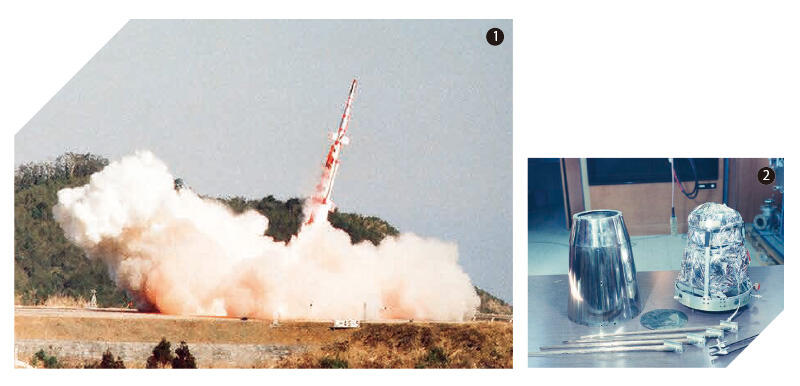
Compared to Japan’s self-developed solid-fuel rockets, the use of liquid-fueled rockets significantly increased the efficiency of launchers, which could now put larger satellites into higher orbits. On the one hand, the country was able to buy a ready-made product and not spend significant time and money on developing and testing its own launch vehicle. On the other hand, Japan’s space program has come under strong U.S. influence, if not control.
Restrictions on Japan’s space program continued to apply. For example, it was forbidden to transfer rockets and satellites that use American technology, components, or parts to third countries without the consent of the United States. To launch foreign satellites using Japanese rockets, it was also necessary to obtain the consent of the United States. Thus, Japan was completely cut off from the prospects of commercializing space exploration on a global scale.
Exclusively peaceful space
Japan, a world leader in science and technology, had a relatively underdeveloped space industry until recently. In addition to the influence of the United States, experts explain this by the fact that the country’s space exploration policy did not stimulate the development of entrepreneurship. This country practiced exclusively “peaceful” ways of exploring near-Earth space. The concept of “peaceful” was interpreted here as “non-military,” i.e., in no way related to the military sphere, including defense. This policy was enshrined in law in 1969 and was fully consistent with the spirit of the Japanese Constitution and the general logic of the development of its foreign and defense policy.
However, giant companies such as Mitsubishi, Toshiba, and others were interested in developing space projects and did not want to lose out on the benefits of participating in the growing global market for this segment. One example of the successful commercialization of the military component of the space program is the GPS system, which has brought billions of dollars in revenue to civilian programs. The result was a situation where Japanese businesses had both the desire and the resources to participate in space activities, but were unable to truly expand, as the only available option was to manufacture satellites on behalf of the state.
New Space in Japanese way
The situation began to change in the early 2000s, when the Japanese government initiated a major public sector reform. One of its consequences was the merger of a number of ministries and institutions. The three entities involved in space activities — the Institute of Space and Astronautical Sciences (ISAS), the National Space Development Agency (NASDA), and the National Aerospace Laboratory of Japan (NAL) — merged in 2003 to form the Japan Aerospace Exploration Agency (JAXA).
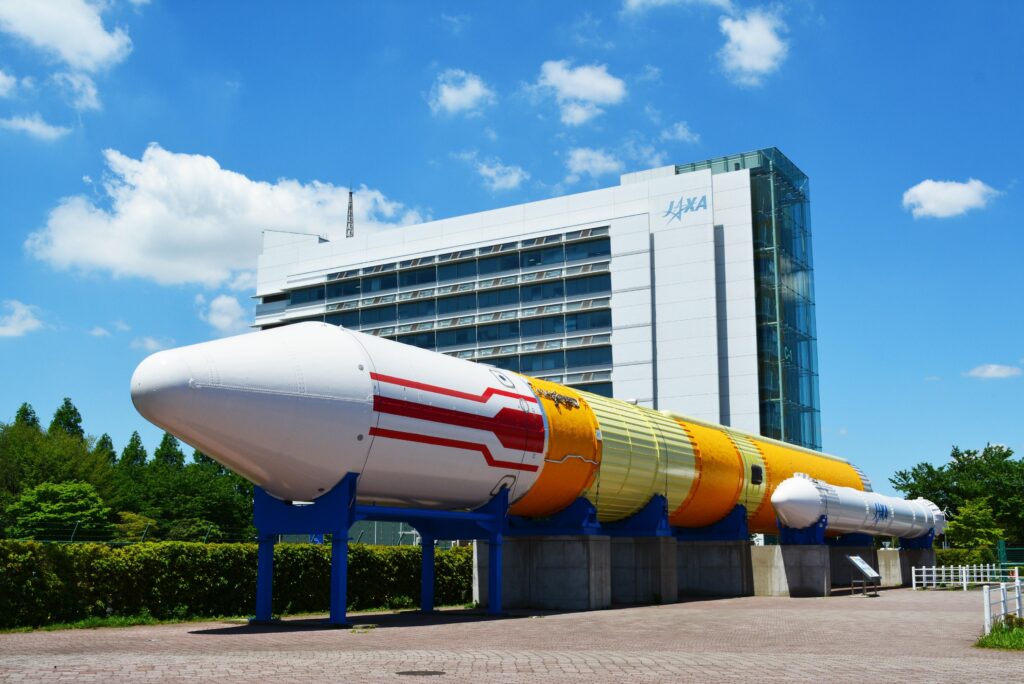
In 2004, a representative of the private telecommunications sector was assigned the president of the merged agency. He stimulated the development of space entrepreneurship in the country. The following year, JAXA presented a document that outlined the agency’s main goals for the next two decades.
The space agency’s priority was to support projects at all stages of their implementation, from idea to finished product. Support was provided to small and medium-sized businesses, venture capital companies, and universities (which are mostly private). The quantitative growth of space industry participants is facilitated by special programs to reduce tax duties on investments and the abolition of the consumer tax on exports of launch services. In 2008, Japan updated its basic space law to include the state’s obligation to assist private companies in the exploration and use of outer space. The new legislative framework simplified public-private partnerships in the space sector: the state was able to order research and experimental work from private companies and transfer its own developments to private hands. All of this brought the Japanese space industry to a qualitatively new level and increased its competitiveness in the global market.
Another important milestone was the enshrining in the law of a new interpretation of the concept of “peaceful” space: now the ban applied not to military developments in general, but only to offensive ones. The Ministry of Defense was granted the right to order its own satellites from Mitsubishi Electric Corporation or Kawasaki Heavy Industries Aerospace Company, for example, for use in missile defense, without disguising them as “satellites for information gathering.”
Star Wars
Meanwhile, the advanced space powers are openly preparing for armed confrontations. Space forces have been created in the United States, Russia, France, and other countries. NATO has recognized space as a domain of warfare. China and India have tested ASAT anti-satellite weapons.
Since 2020, Japan has also had a military unit responsible for operations in space. It is called the Space Operations Group. It consists of 150 people.
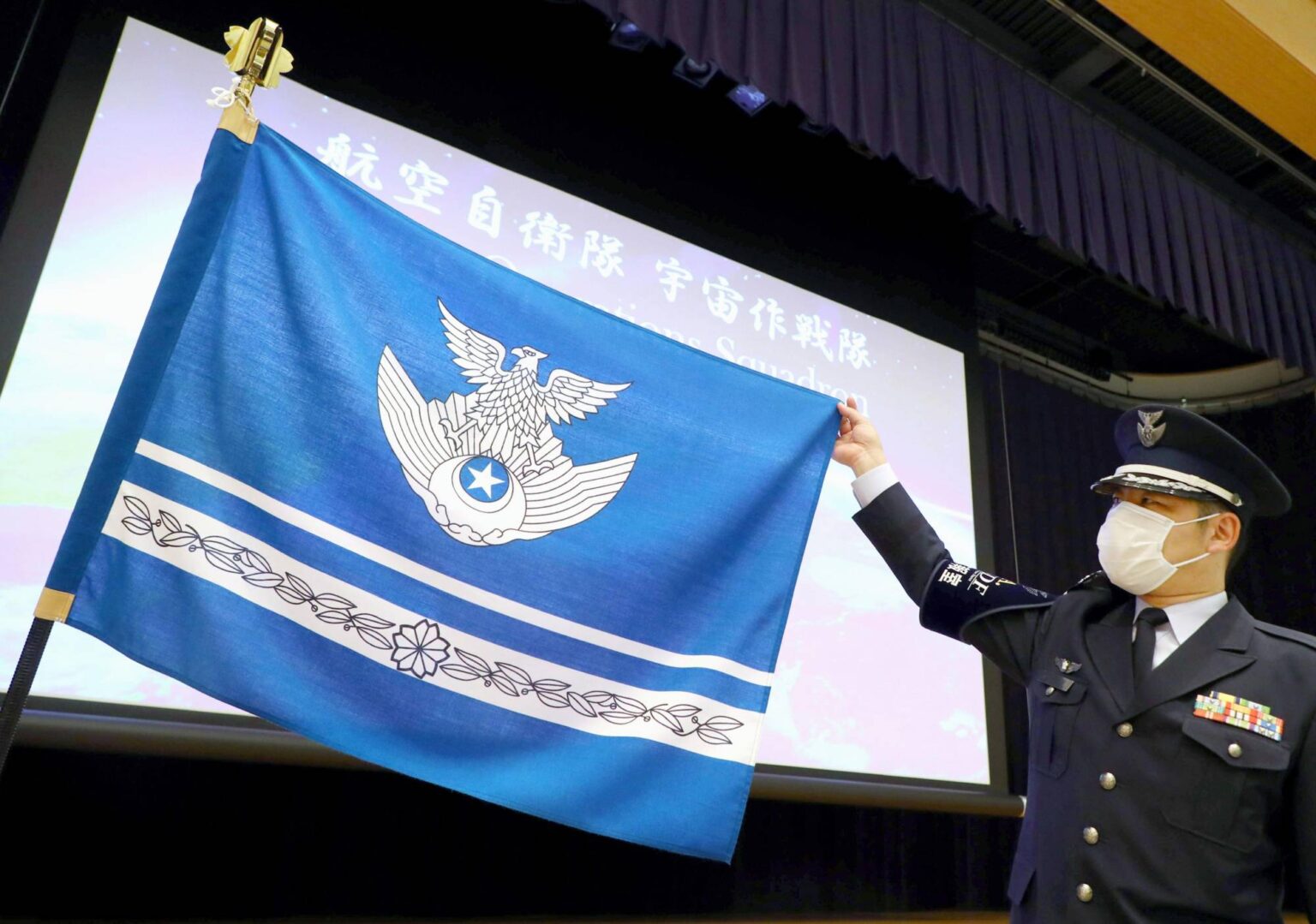
The purpose of the unit is to monitor and protect Japanese satellites from enemy attacks or space debris. In addition, the group will provide satellite navigation and communications for other branches of the military in the field. According to Defense Minister Taro Kono, this unit will cooperate with the US Space Command. It will be headquartered at the Japanese Army’s military base in Fuchu, Tokyo Prefecture.
To the Moon and Beyond…
The United States is actively preparing to land astronauts on the Moon, and Japan is quickly becoming one of its most important partners in this new program.
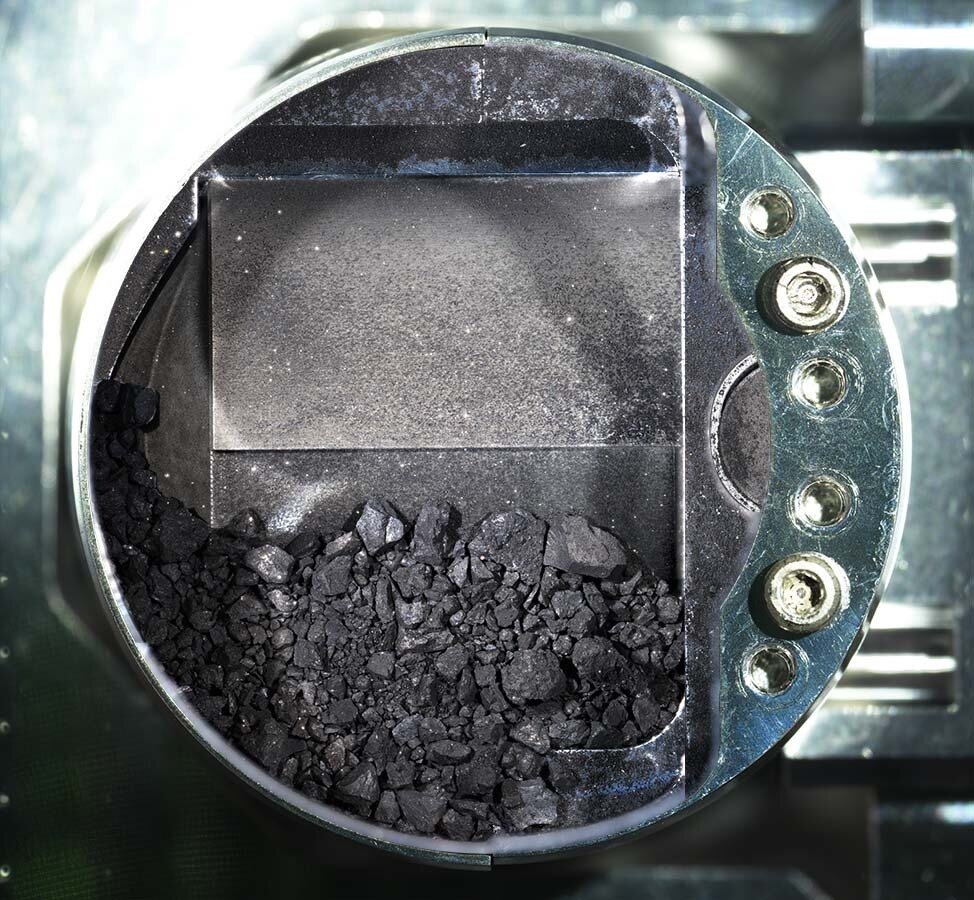
And this is quite natural. JAXA has succeeded in a number of major research projects: the 8-meter-diameter HALCA space radio telescope; the Hayabusa soil sampling mission to the asteroid Itokawa (25143 Itokawa); the first successful demonstration of solar sail technology in interplanetary space called IKAROS; and Hayabusa-2, a mission to return soil samples from the asteroid Ryugu (162173 Ryugu). In addition, since 1990, 12 Japanese astronauts have traveled to space.
In early 2021, NASA and the Japanese government signed an agreement on Gateway, an orbiting lunar station being developed as part of the Artemis project. Under this agreement, Japan will create a life support system for the I-Hab module and provide batteries for the HALO airlock. In addition, the issue of improving the Japanese spacecraft is being considered to help expand Gateway logistics.
Japan can play an important role in solving the issue of landing on the lunar surface. In February 2024, the JAXA-built SLIM (Smart Lander for Investigating Moon) probe landed on the Moon, demonstrating a new precision landing technology. In the future, it can be used for both manned and robotic vehicles.
However, Japan’s biggest contribution to lunar exploration is likely to be the creation of a pressurized lunar rover in which astronauts will be able to travel on the surface of our natural satellite. The vehicle will be built by Toyota by 2029.
Robots and the fight against space debris
Robotics has become a key niche for Japan not only on Earth but also in space. In 2013, it became the first country to launch a robotic astronaut, Kirobo, to the ISS. He successfully followed astronaut Koichi Wakata’s verbal instructions and helped with daily tasks.
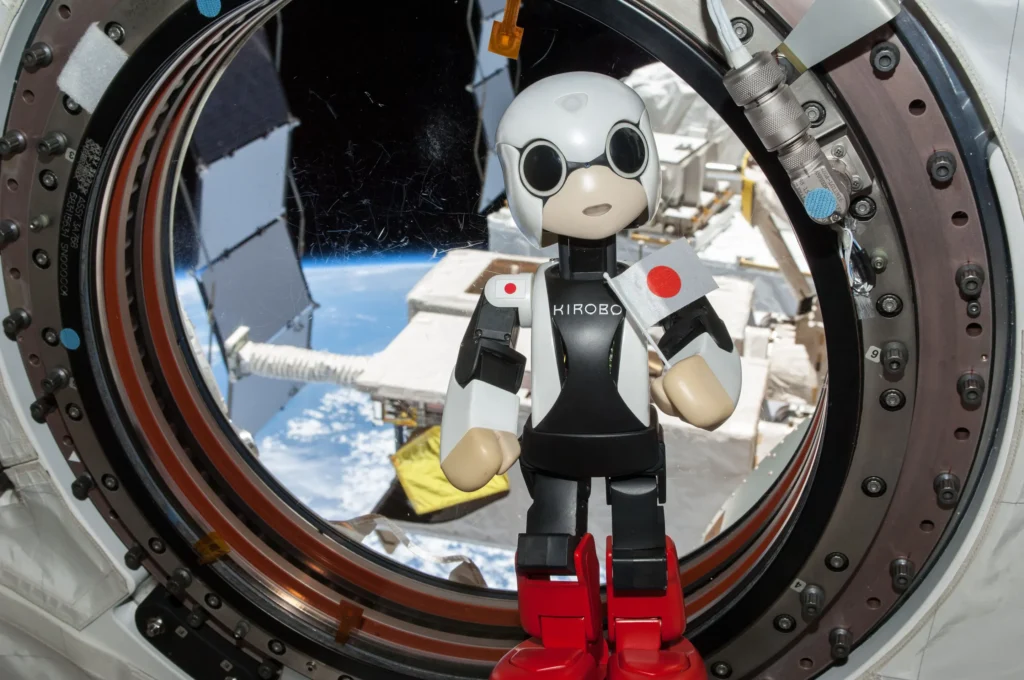
Robotics has also found application in deep space exploration. The Hayabusa spacecraft, launched in 2003, went down in history as the first mission to return asteroid dust to Earth. Its successor, Hayabusa-2, was even more successful. Launched in December 2014, the automated spacecraft spent a year and a half conducting a detailed analysis of the asteroid Ryugu, including studying its mineral composition. Most importantly, it became the first Earth-based envoy to collect soil samples from the asteroid’s surface and successfully deliver them to Earth in December 2020.
Another area where Japan is using robotics is to find innovative solutions to overcome the threat of space debris. JAXA and Japanese private companies have proposed a number of solutions to this problem.
Among the possible options for devices to catch fragments flying in space, JAXA has tested the concept of an electromagnetic halyard that would affect the debris with a magnetic field and thus reduce its orbit. During reentry, fragments of spacecraft will burn in the atmosphere’s dense layers.
However, in early 2017, the project turned out unsuccessful when the Japanese Kounotori 6 spacecraft failed to release a 700-meter metal tether after being launched into orbit.
On August 25, 2021, another Japanese company, Astroscale, successfully tested a “garbage collector” — the ELSA-d (End-of-Life Services by Astroscale demonstration). The 175 kg satellite was launched into space along with a model of debris — a 17 kg device with a magnetic docking plate. During the experiment, ELSA-d captured and released the small satellite several times.
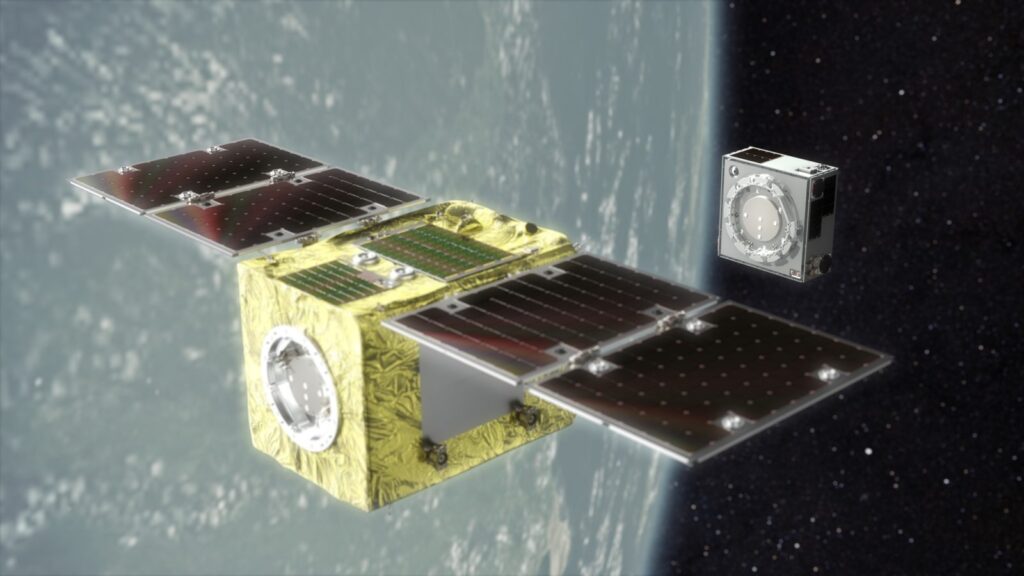
In addition, Japan has a social mission in space — helping non-space countries take their first step towards the stars. The Birds project, supported by the Kyushu Institute of Technology, has demonstrated a successful model of technical assistance in facilitating launches for countries that do not explore space. Japan’s assistance under this program allowed four countries — Nigeria, Mongolia, Bangladesh, and Ghana — to launch their own cubesats aboard a SpaceX Falcon-9 launch vehicle in June 2017. In 2018, JAXA also launched Kubsats for Bhutan, Malaysia, the Philippines, Costa Rica, and Kenya. The satellites developed by these countries were launched from the Kibo module on the ISS.
Author: Natalia Borotkanych, PhD in History, science popularizer
This article was published in #5 2021 of Universe Space Tech magazine. You can buy this issue (in Ukrainian) in electronic or paper versions in our store.

